Thu Bon River, a river more than 200 km long flowing through Quang Nam, stands out for its charming natural beauty and unique cultural values. Originating from Ngoc Linh Mountain, the river is an ancient trade artery, connecting the Champa culture and ancient Hoi An. With poetic scenery, traditional craft villages and unique travel experiences, Thu Bon is a destination not to be missed.
Thu Bon River – The Cultural and Natural Symbol of Quang Nam
Tatinta will take you to a natural and cultural symbol of Central Vietnam – the Thu Bon River. This legendary river flows through Quang Nam province, carrying countless stories, cultural values, and endless beauty.
Introduction to the Thu Bon River
The Thu Bon River originates from the towering Ngoc Linh Mountain, meandering through green mountains, fertile plains, and gently merging into the East Sea at Cua Dai, Hoi An. With a length of over 200 km, the Thu Bon River is not only an important water source but also the cradle of the ancient Sa Huynh and Champa cultures, two civilizations that once flourished along its banks.
Legends of the River
The Thu Bon River is not only picturesque but also enchanting with its legends. It is said that the name "Thu Bon" comes from the image of the river as a giant “water basin” bringing life to the entire region. Another legend suggests that the river was considered a sacred path connecting heaven and earth, where gods protected this land.
Natural Beauty of the Thu Bon River
Dear visitors, if you have the chance to float gently on a boat on the Thu Bon River, you will understand why this river is likened to a picturesque painting. During the dry season, the crystal-clear water reflects the blue sky. On either side, vast rice fields and peaceful villages stretch out, creating a poetic landscape. When the sun sets, its fiery red light glows on the water, creating a spectacular scene that captivates the heart. Especially during the flood season, the Thu Bon River dons a majestic look with its surging waters, bringing alluvial deposits to the plains.
Economic and Trade Role
Did you know that the Thu Bon River was once a main trade route in history? Since the Champa period, this river was the lifeblood for transporting goods such as ceramics, silk, and spices from mountainous regions to coastal markets. During the period when Hoi An became a bustling international trading port, the Thu Bon River further played its role. Merchants from Japan, China, Portugal, and the Netherlands traveled along this river to reach Hoi An, creating the rich cultural exchange that we see today.
Riverside Culture
The banks of the Thu Bon River are home to many traditional craft villages. The Thanh Ha pottery village, Kim Bong carpentry village, and Cam Kim mat weaving village are closely linked to the river. The river water not only serves daily life but also inspires artisans to create exquisite handicrafts. The locals also preserve many unique festivals related to the river. One of these is the Whale Worship Festival, held in the spring to pray for favorable weather and bountiful harvests. Colorful boats and the lively sounds of drums and gongs create a vibrant and meaningful festival atmosphere.
Tourism Experiences on the Thu Bon River
When visiting Hoi An, an unmissable experience is a journey on the Thu Bon River. You can join kayaking tours or take wooden boats to feel the tranquility of the river and admire the beautiful scenery on both banks. A popular journey for many tourists is from Hoi An downstream to Cua Dai, where the river merges with the sea. The sight of the green water blending with the sea waves brings an indescribable sense of peace. Additionally, some tours take visitors to riverside craft villages, where you can witness pottery making, boat building, or participate in traditional agricultural activities with the locals.
Thu Bon River in Poetry and Art
The Thu Bon River is not only present in daily life but also flows into poetry and music as an endless source of inspiration. Poets and musicians have written love poems and lyrical songs praising the beauty and role of this river. For the people of Quang Nam, the Thu Bon River is a symbol of connection, pride, and cultural roots.
Conclusion
Dear visitors, the Thu Bon River is not just a water flow through Quang Nam but also a part of the soul of this land. From its natural beauty to its historical, economic, and cultural roles, the Thu Bon River is a silent witness to many historical ups and downs. We hope that after this exploration, you will feel the uniqueness of the river and fall more in love with Hoi An - Quang Nam. Let's capture the beautiful moments on this river with Tatinta, as a spiritual gift to take back after the trip.
 Register
RegisterSign in Travel Agent
Sign in Supplier
Sign in Affiliate
Sign in Guru

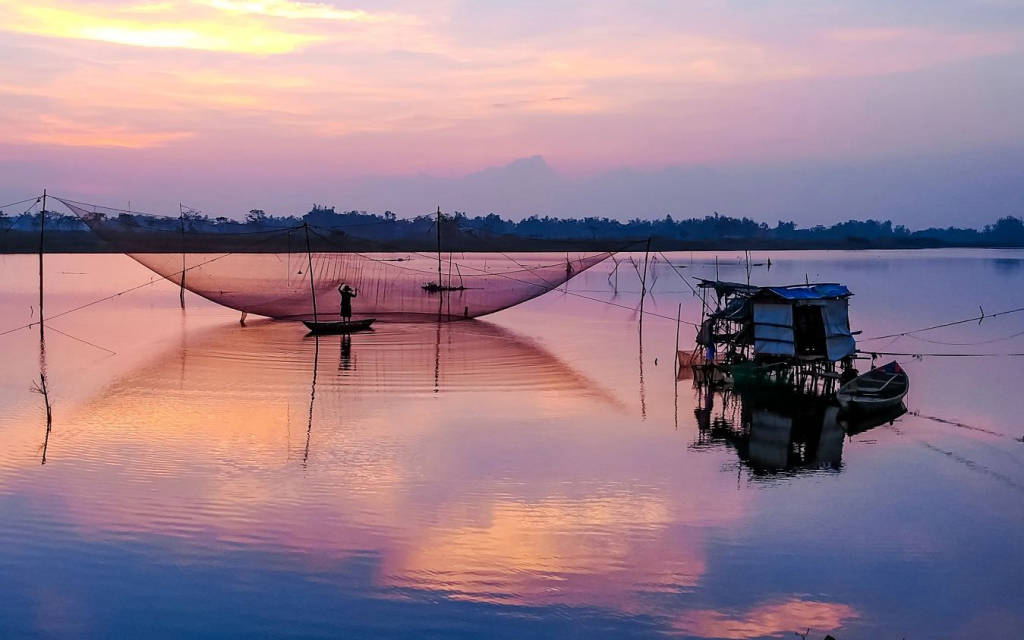
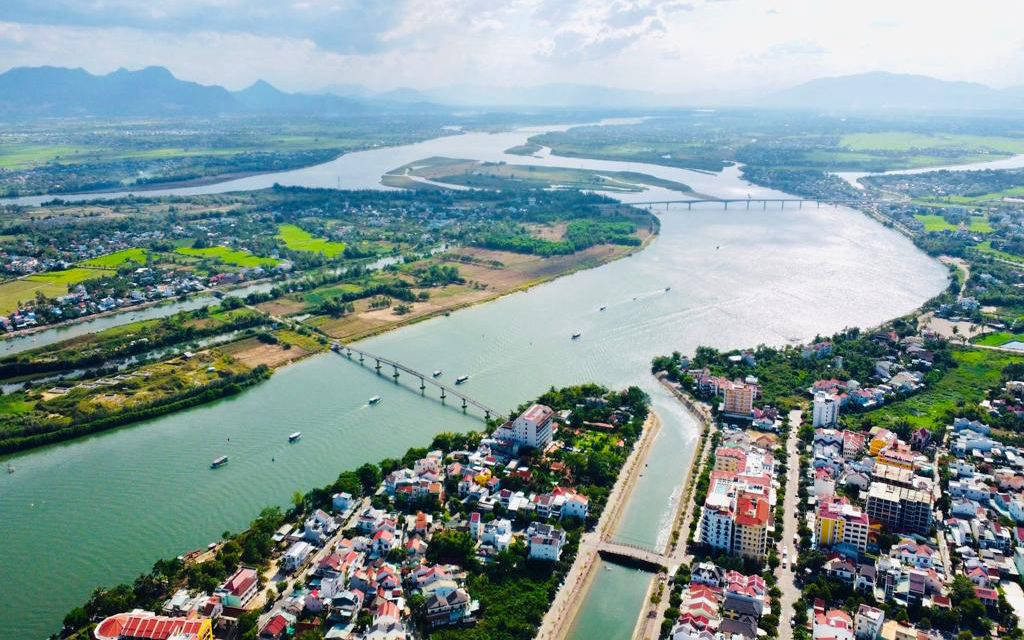
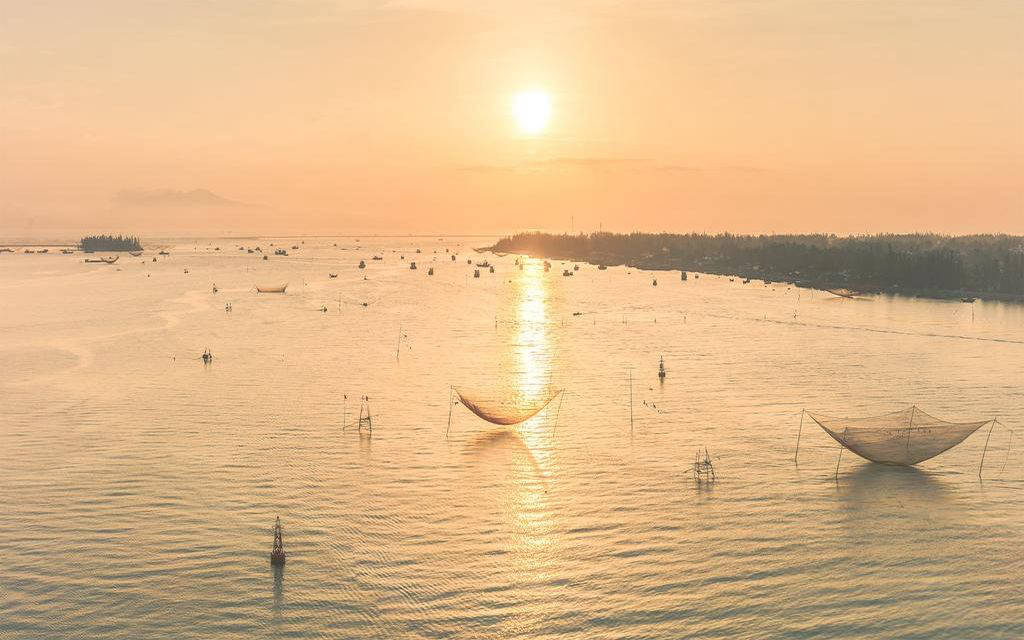
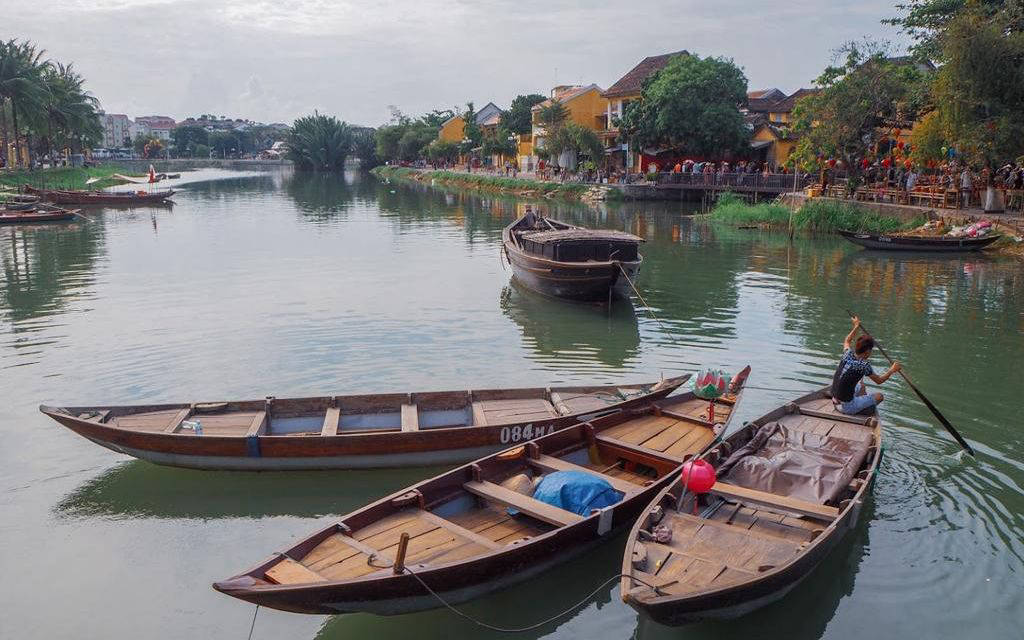
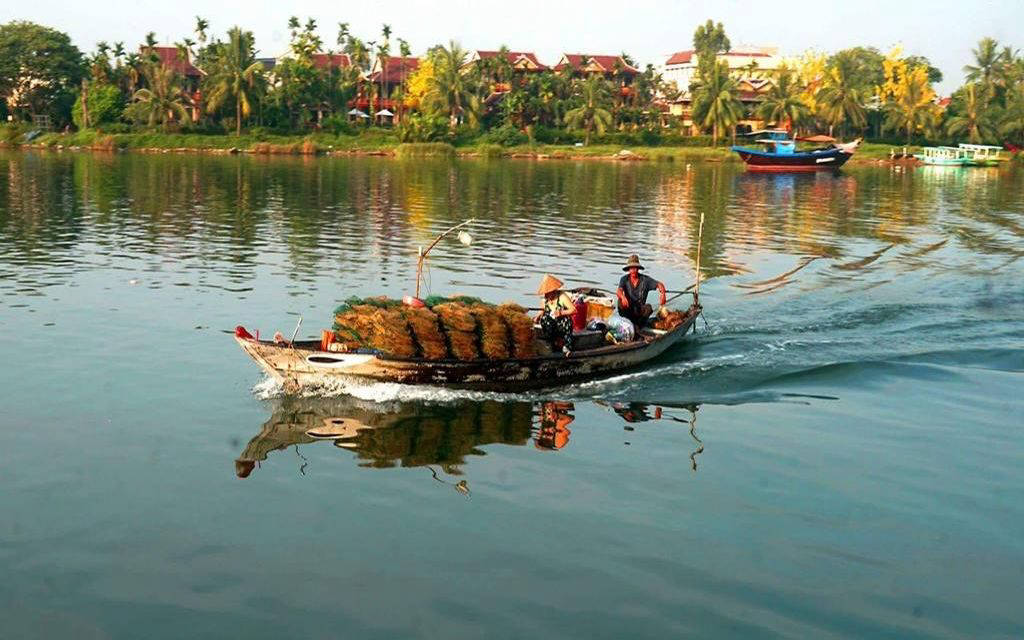
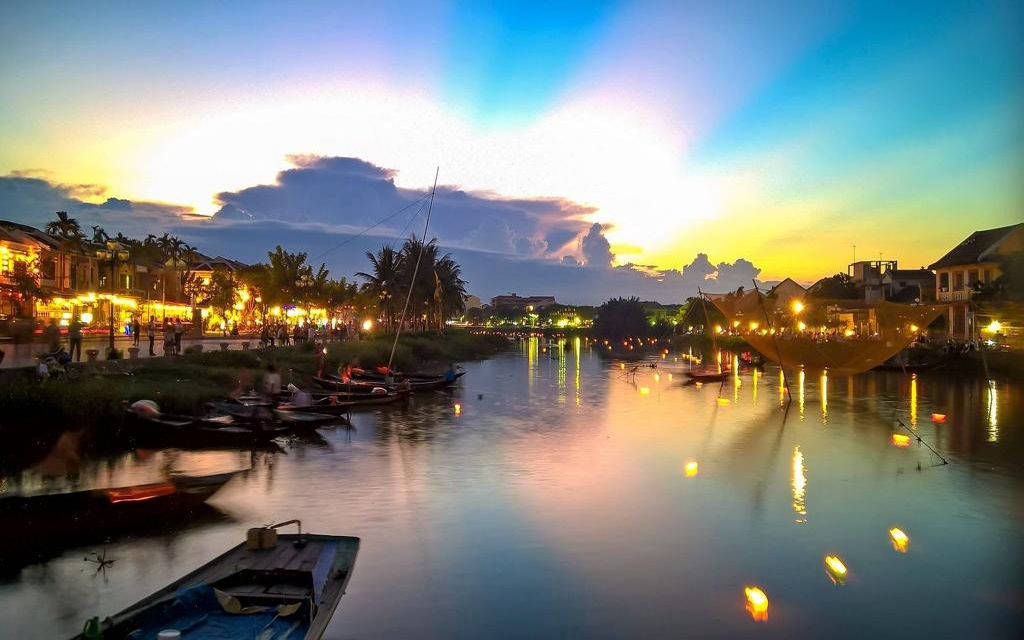
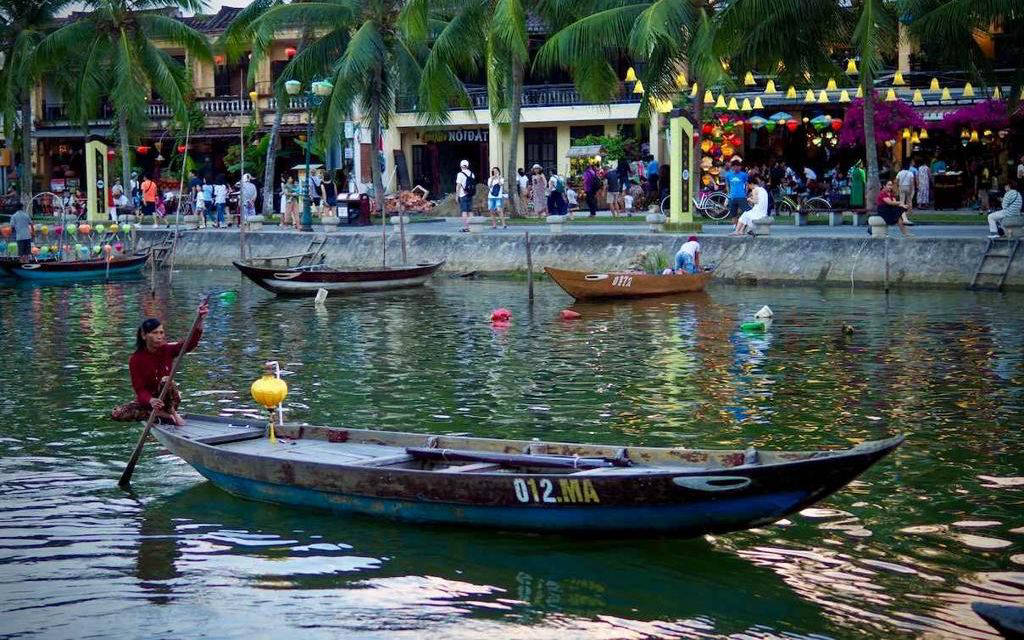







 Tp. Hội An, T. Quảng Nam, Việt Nam
Tp. Hội An, T. Quảng Nam, Việt Nam